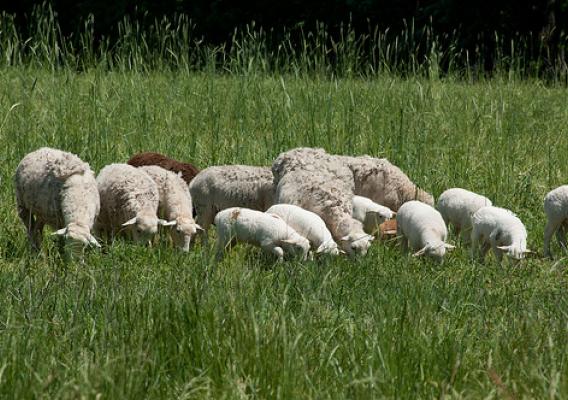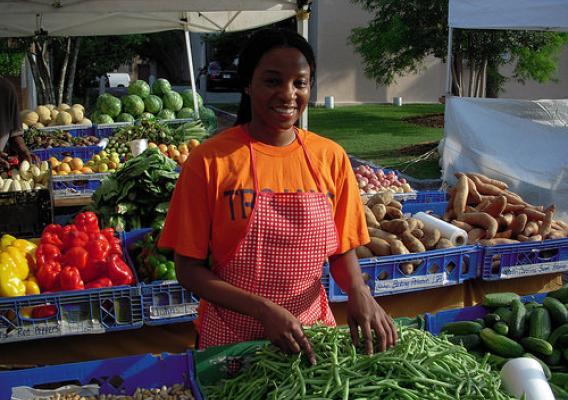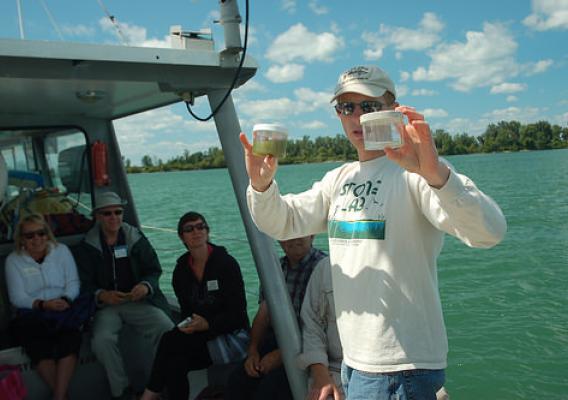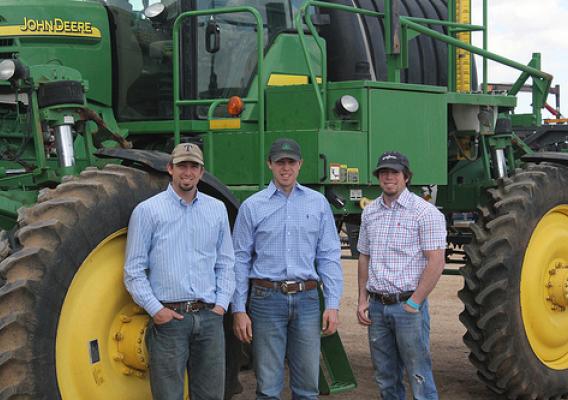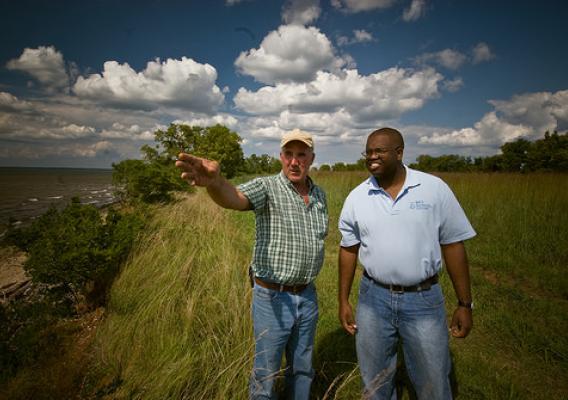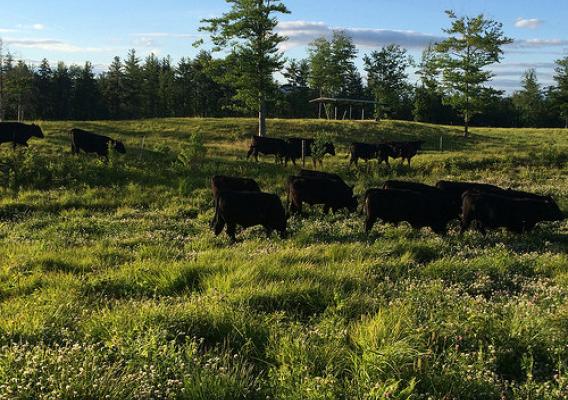This October, just like every other month during the school year, school menus will feature an array of products from local and regional farmers, ranchers, and fishermen. Kids of all ages will dig up lessons in school gardens, visit farms, harvest pumpkins, and don hair nets for tours of processing facilities. Science teachers – and English, math, and social studies instructors, too – will use food and agriculture as a tool in their classrooms, so that lessons about the importance of healthy eating permeate the school learning environment.
An investment in the health of America’s students through Farm to School is also an investment in the farmers and ranchers who grow the food and an investment in the health of local economies. In school year 2011-2012, schools purchased $386 million in local food from farmers, ranchers, fishermen, and food processors and manufacturers. And an impressive 56 percent of school districts report that they will buy even more local foods in future school years. Farm to school programs exist in every state in the country.

